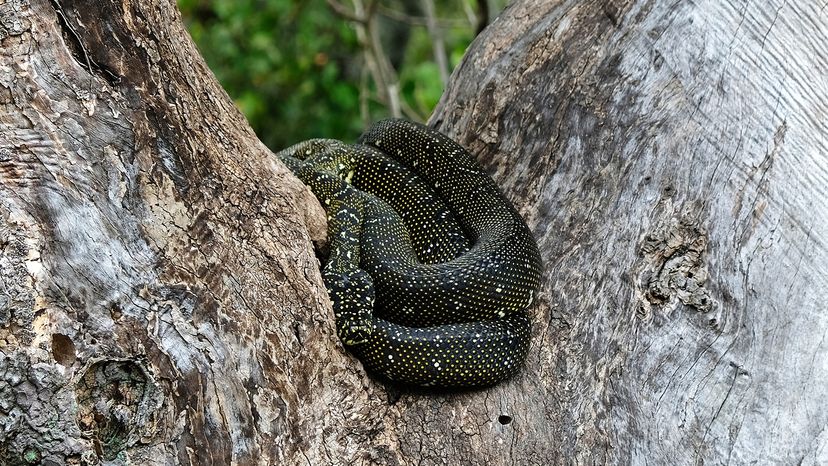Not all snakes brumate! Whether or not a snake enters this state of inactivity depends on its species and where it lives. Snakes in warmer climates — where cold winter months aren’t an issue — don’t need to brumate because temperatures stay high enough to remain active.
However, in colder climates, many species, like garter snakes and rat snakes, go into brumation to survive. This may mean you spot fewer rat snakes around the barn when winter arrives.
In regions with mild winters, some snakes might remain active on warmer days, but when temperatures drop again, they’ll return to brumation. (This temporary activity doesn’t negate their need for brumation in the colder months.)
And while brumation can help snakes survive the winter, it’s not a guarantee. There are still risks involved, such as extreme cold, lack of shelter or other environmental factors that could harm or kill the snake despite its brumation efforts.
In some cases, snakes may brumate inside homes or buildings for warmth, leading to what some might call a snake infestation.
We created this article in conjunction with AI technology, then made sure it was edited and fact-checked by a HowStuffWorks editor.
